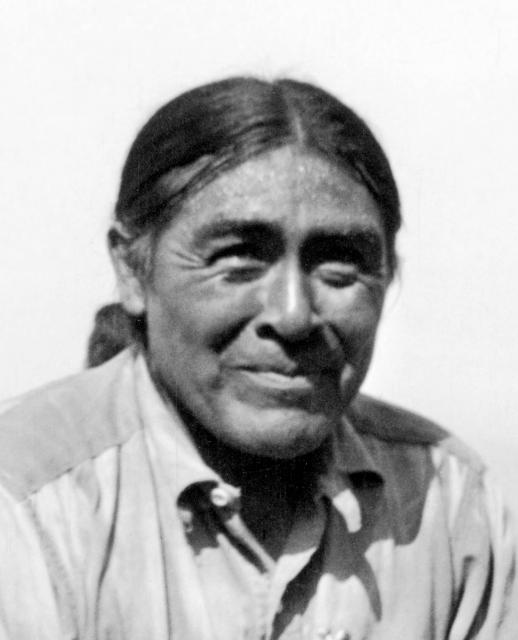Ishi

Public Service
(About 1860 – 1916)
California Connection
- Born, lived and died in California
Achievements
Biography current as of induction in 2013
Nearly a century after his death, the man known as Ishi (meaning “man” in his native language) remains the most famous California Indian. In 1911, starving and in mourning, Ishi ventured into the town of Oroville in search of food. He became an overnight sensation, with newspaper headlines across the country trumpeting the discovery of the man they called the “last wild Indian.”
Up to that point, Ishi had spent his entire life in hiding with a few other surviving members of the Yahi People, most of whom had been wiped out in the preceding decades by disease, starvation and acts of genocide by white settlers. He would spend the rest of his years teaching the world about his culture. Given a home at the University of California’s anthropology museum, he adapted with grace to his new life, spending his days making arrowheads – which he often gave as gifts to museum visitors – or demonstrating fire-building and other Native traditions. The UC anthropologists learned much about the Yahi culture from him as he demonstrated tool-making and hunting and shared his ancestral stories and songs.
After coming into contact with tuberculosis, Ishi died in 1916. Ishi’s ashes were placed in a San Francisco-area cemetery, while his brain was separated and preserved, against his spiritual beliefs and traditions. In April 2000, Ishi’s brain, which had been sent to the Smithsonian in Washington, DC., and his remains were reunited and returned to his closest relations, members of the Redding Rancheria and Pit River tribes. His long-awaited traditional service in his homeland began the healing process for all his relations.
View more inductees from the 7th class, inducted in 2013.
